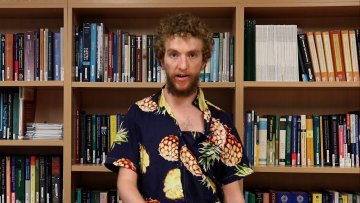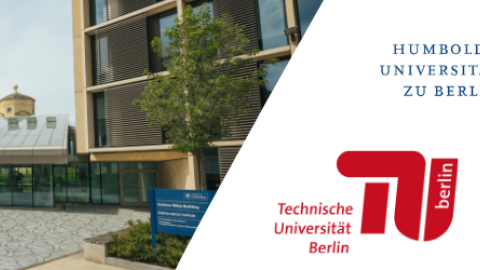The next two films in our' Show Me the Maths' series demonstrate two contrasting aspects of the mathematics that we do here in Oxford.
In the first, Josh Bull, talks about the challenge of making mathematical models have application to real patient data, in Josh's case in the field of oncology. In the second, Nathan Creighton discusses his work on Dirichlet-L functions.
16:00
Signature Kernel Conditional Independence Tests in Causal Discovery for Stochastic Processes
Please join us for refreshments outside L3 from 1530.
Abstract
Predicting real-world phenomena often requires an understanding of their causal relations, not just their statistical associations. I will begin this talk with a brief introduction to the field of causal inference in the classical case of structural causal models over directed acyclic graphs, and causal discovery for static variables. Introducing the temporal dimension results in several interesting complications which are not well handled by the classical framework. The main component of a constraint-based causal discovery procedure is a statistical hypothesis test of conditional independence (CI). We develop such a test for stochastic processes, by leveraging recent advances in signature kernels. Then, we develop constraint-based causal discovery algorithms for acyclic stochastic dynamical systems (allowing for loops) that leverage temporal information to recover the entire directed graph. Assuming faithfulness and a CI oracle, our algorithm is sound and complete. We demonstrate strictly superior performance of our proposed CI test compared to existing approaches on path-space when tested on synthetic data generated from SDEs, and discuss preliminary applications to finance. This talk is based on joint work with Georg Manten, Cecilia Casolo, Søren Wengel Mogensen, Cristopher Salvi and Niki Kilbertus: https://arxiv.org/abs/2402.18477 .



